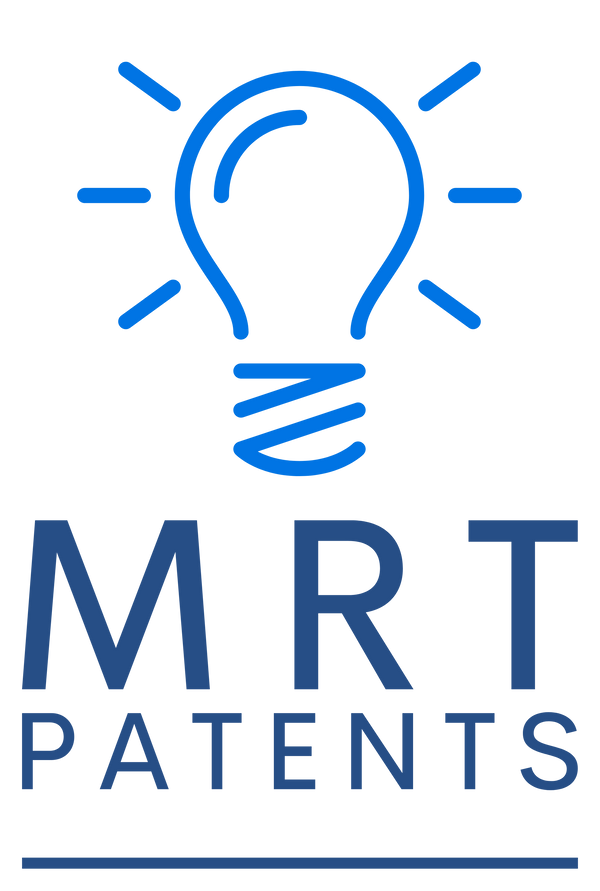Various Ways to Monetize Patents
We talk to managers of patent portfolios regularly and consistently they want to discuss how their companies can monetize their portfolios. We believe one key step is to get a valuation on a patent / patent portfolio or to understand the market surrounding their patents better with a landscape report. Once there is a better understanding of the business value of the IP, the manager may then build a strategy to monetize their patents.
Here are several methods to monetize patents to consider as part of any strategy to optimize business value of a portfolio owned by a company:
Licensing
- Exclusive Licensing: Grant exclusive rights to a single licensee to use the patent. This often allows a company to capture higher royalty payments.
- Non-Exclusive Licensing: License the patent to multiple parties, allowing each to use the technology while generating multiple revenue streams.
- Cross-Licensing: Exchange licenses with another company to mutually benefit from each other's patents without a direct financial exchange.
Patent Sale
- Outright Sale: Sell the patent to another entity, transferring all rights in exchange for a lump sum payment.
- Partial Sale: Sell a portion of the rights or geographic exclusivity while retaining other rights.
Collateral for Loans
- Use patents as collateral to secure loans or financing from banks or investors.
Product Development
- Use the patented technology to develop and sell your own products, thereby monetizing the patent through direct business operations.
Raise Money Through Venture Capital or Private Equity
- Use the patent to increase the value of an equity investment in a startup or business venture by investors.
- Use a patent portfolio valuation in a pitch deck to provide an understanding of the asset value and business value the patent portfolio holds for the company.
M&A Transaction
- Increase your company multiple at exit using the patent portfolio to identify market advantage to a potential acquirer.
Enforcement through Litigation
- File lawsuits against companies infringing on your patent, either to stop the infringement or to seek damages. This method can be risky and costly but potentially lucrative.
- Alternately, have patent legal counsel send a carefully worded letter to possible infringers to encourage a partnership.
Patent Pools
- Join a patent pool where multiple patent holders combine their patents and license them as a bundle. This is common in industries like telecommunications.
Joint Ventures or Partnerships
- Collaborate with another company, contributing the patent as part of a joint venture or partnership to develop new products or services.
Standard Essential Patents (SEPs)
- If your patent becomes part of an industry standard, license it as a Standard Essential Patent, often with mandatory royalty rates.
Patent Auctions
- Participate in patent auctions where patents are sold to the highest bidder. This can be a quick way to sell a patent.
Government Grants or Subsidies
- In some countries, governments offer grants or subsidies for patented technologies, especially if they align with national priorities like green energy or healthcare.
Tax Benefits
- In some jurisdictions, owning patents can lead to tax benefits, such as reduced tax rates on income derived from patents (e.g., Patent Box regimes in certain countries).
Each method has its advantages and disadvantages, depending on your specific circumstances, the nature of the patent, and your business goals. Nonetheless, a manager of a patent portfolio needs to be strategic about how to build business value using the patent portfolio.
Get a 25% discount on a valuation using coupon code MRTDISCOUNT25 at checkout.
